We may earn money or products from the companies mentioned in this post. This means if you click on the link and purchase the item, I will receive a small commission at no extra cost to you ... you're just helping re-supply our family's travel fund.
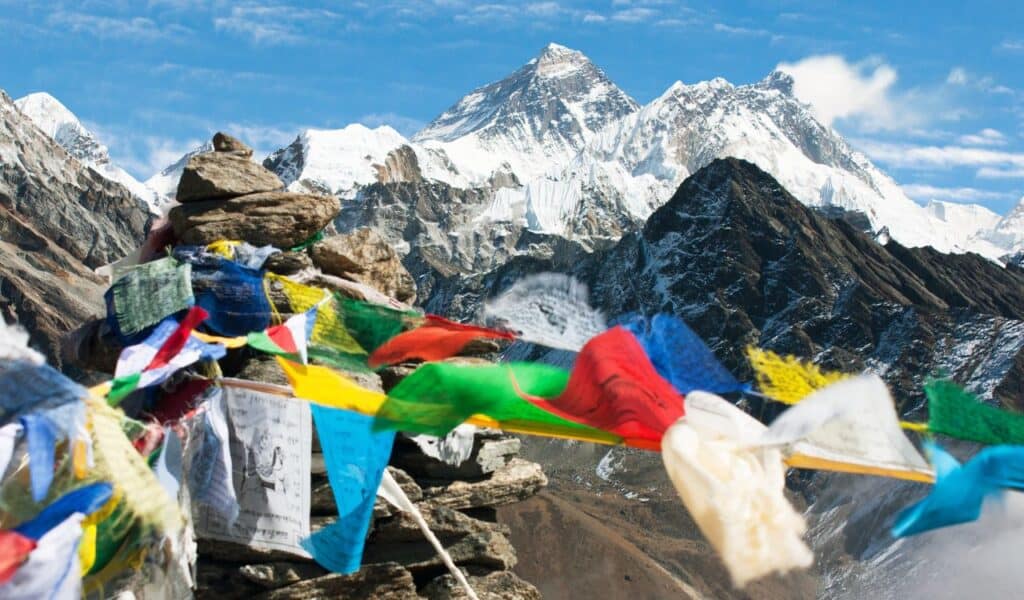
These places do not just thrill; they test your limits. You will find landscapes, climates, and designs where risk is part of the experience, and preparation matters as much as nerve. Each entry draws on documented hazards from your sources and explains, in plain terms, why it belongs on a “most dangerous” list, so you feel the awe and also understand the stakes.
Death Valley, USA
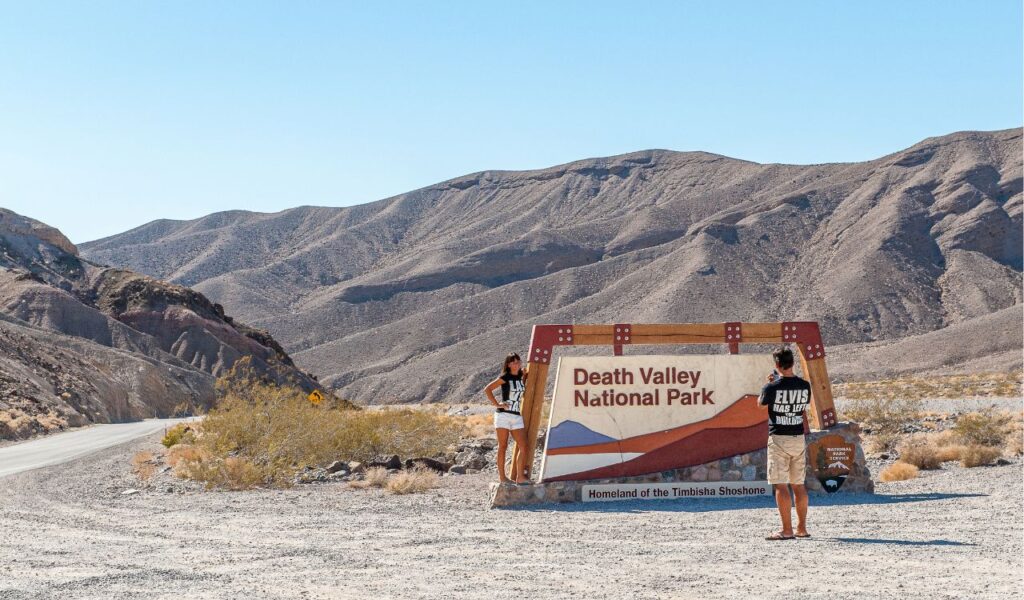
By noon the heat shimmers like liquid off the road, and a “quick walk” can turn into a rescue within minutes. Summer highs often top 49°C, and dehydration, heatstroke, flash floods, and breakdowns become serious when cell service thins and shade is scarce. Travelers routinely underestimate water and salts, which is why rangers see spikes during heat waves.
Danakil Depression, Ethiopia

Neon acid pools and sulfur chimneys paint the Afar Rift in surreal colors, but searing heat, toxic gases, and brittle salt crusts make every step a calculation. The ground can give, fumes sting lungs and eyes, and distances stretch any evacuation. It is geology in motion, and a reminder that the beauty here is forged by forces that do not forgive mistakes.
Lake Natron, Tanzania
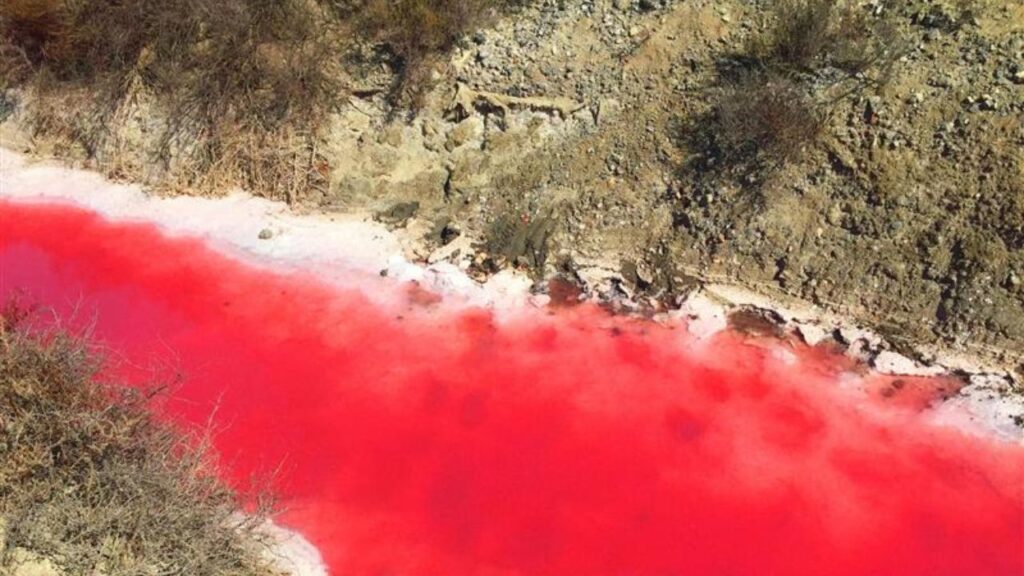
Mirror calm and soda rich, Natron’s caustic waters can burn skin and eyes, while thin shoreline crusts mislead photographers into dangerous footing. The lake is also a crucial breeding ground for lesser flamingos, so timing, guidance, and protective gear matter. Out here the shot of a lifetime and a safe exit depend on planning as much as luck.
Darvaza Gas Crater, Turkmenistan
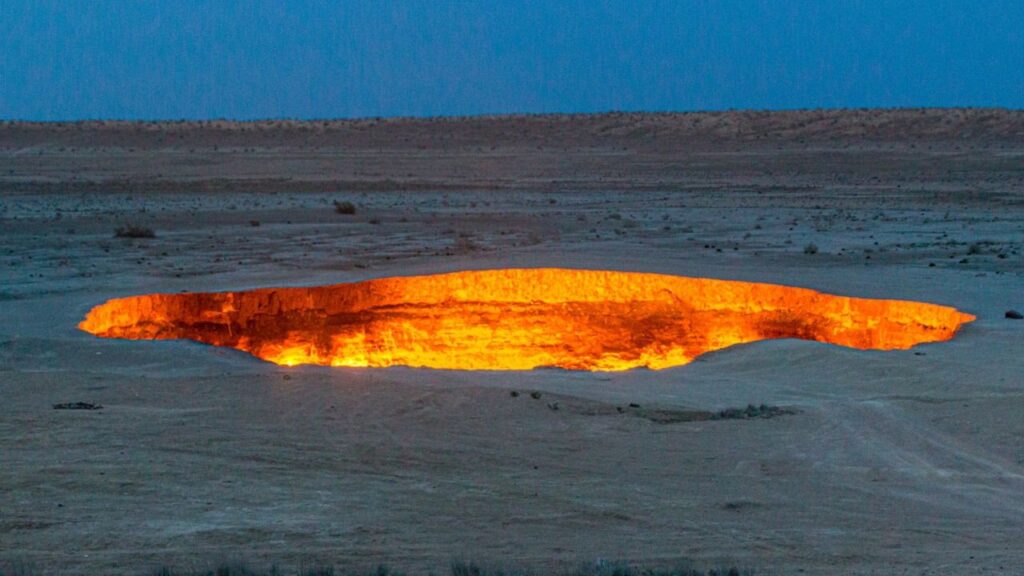
After dark, the crater’s orange glow lures visitors to an unstable rim where heat, fumes, and undercut edges blur depth and judgment. The methane fed fire has burned for decades, turning an accident into an attraction. The closer the photo, the sharper the risk, which proves that restraint can be the most important thing you bring.
Mount Everest, Nepal
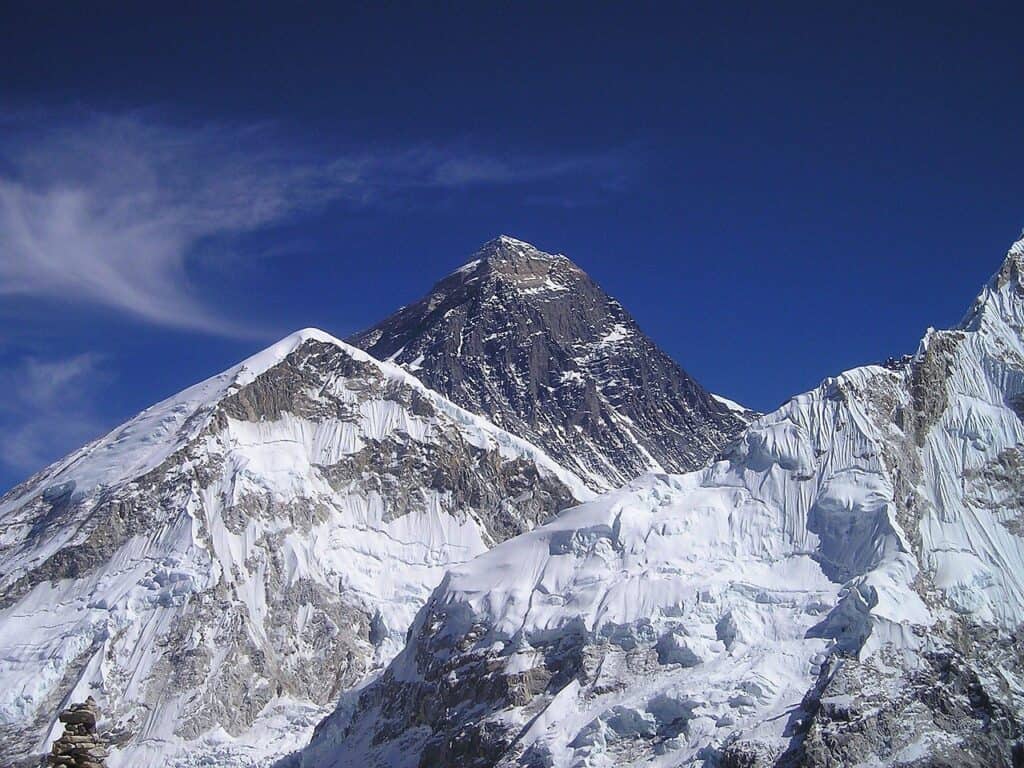
Above 8,0008,000 meters the body deteriorates even at rest; add crevasses, avalanches, and bottlenecks on fixed lines, and small delays turn dangerous fast. Better forecasts and logistics help, but the mountain’s fatality history shows the death zone never negotiates with ambition or budget. That is part of the pull and the peril.
Mount Huashan Plank Walk, China
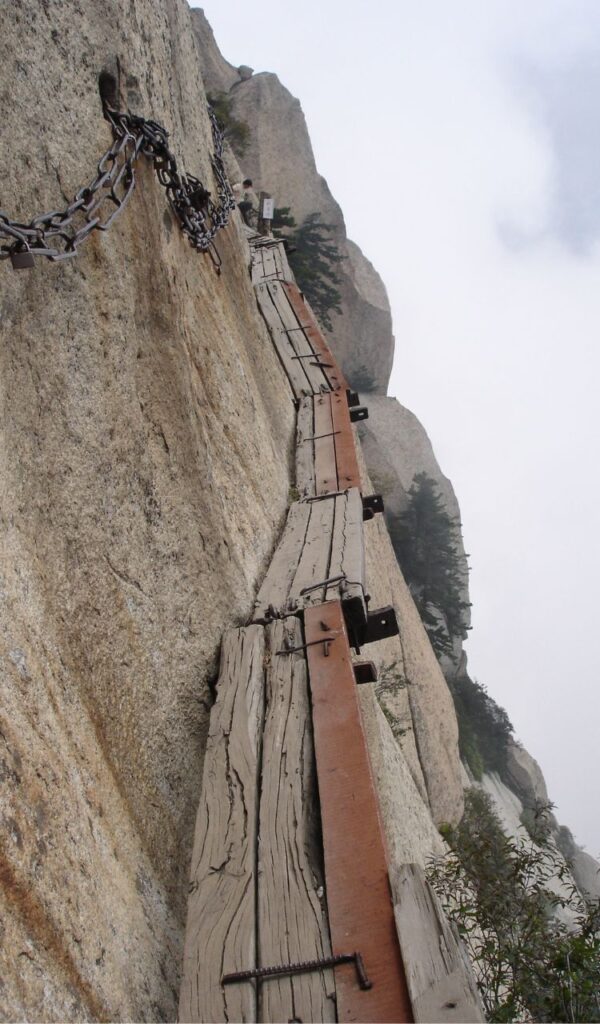
A few wooden boards hug a sheer granite wall, with only harnesses and chains between you and open air. On holidays, queues form on the planks themselves, turning exposure into a test of patience and focus. The payoff is sunrise over jagged peaks and ancient temples, earned on a route where weather and crowding raise the stakes.
Mount Vesuvius, Italy
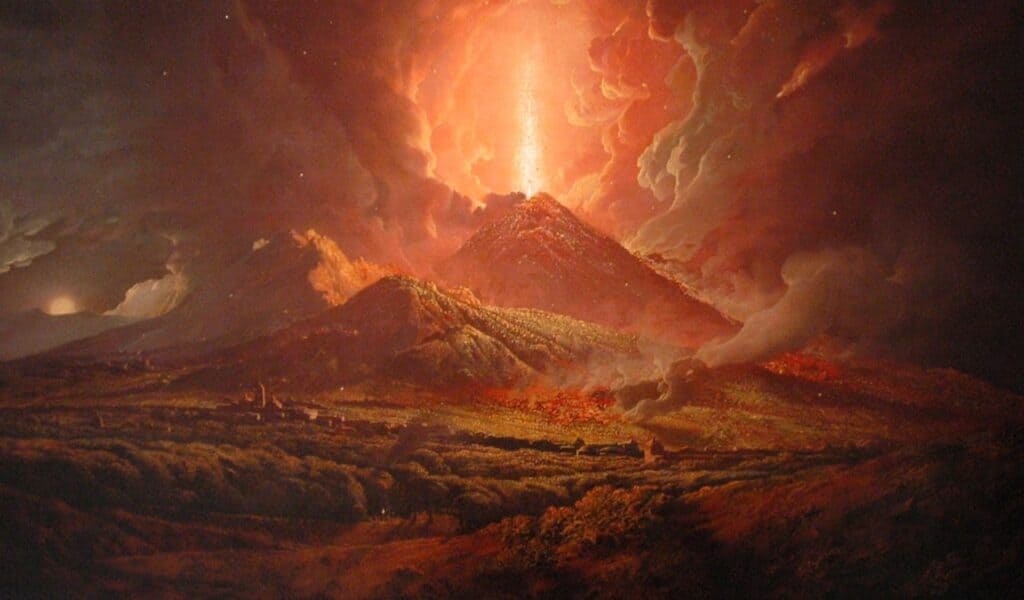
Vesuvius looms over Naples as a living giant, its AD 79 destruction a permanent warning. Today, paths and viewpoints sit within mapped hazard zones, and monitoring is robust, yet the appeal is the paradox of a restless volcano made accessible. It is a museum of eruptions that could someday add a new chapter.
Chernobyl Exclusion Zone, Ukraine

Guided routes thread past sarcophagi and ghost towns where radiation persists in hotspots and buildings quietly fail. Safety depends on strict paths and time limits, because the dangers here are both visible and invisible. It is a place that teaches caution as history, proof that protocols, not bravado, define a responsible visit.
Snake Island, Brazil
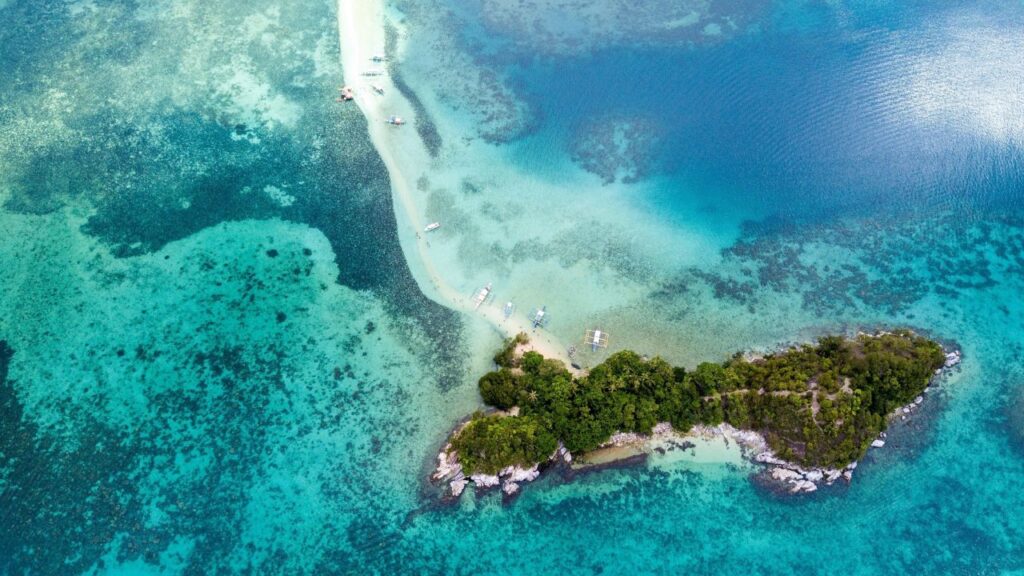
Ilha da Queimada Grande is closed to tourists because golden lancehead vipers densely occupy its slopes, their potent venom evolved to fell birds quickly. Access is limited to sanctioned teams under strict controls. The island’s legend endures precisely because its hazards are real, and because respecting the boundary keeps it that way.
Devil’s Pool, Victoria Falls
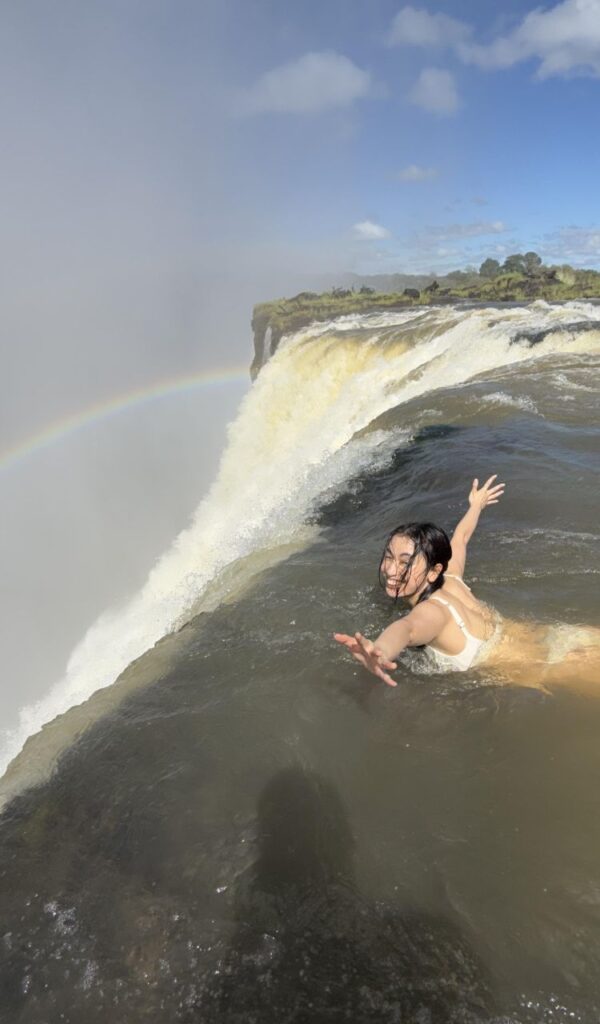
At low water the Zambezi pulls back to reveal a rocky lip inches from a 100 meter drop. Currents, slick basalt, and fast changing flows leave no room for error, which is why operators set tight windows and rules. Staring over the edge of a world class waterfall is a thrill precisely because the margin is wafer thin.
North Yungas Road, Bolivia

A ribbon of gravel clings to cliffs while fog, waterfalls, and rockfall nibble away at the margin, and cyclists share hairpins with vehicles. The vistas are transcendent, yet speed and overconfidence are frequent culprits when conditions shift. Out here, restraint is as important as brakes, and sometimes more so.
Skeleton Coast, Namibia
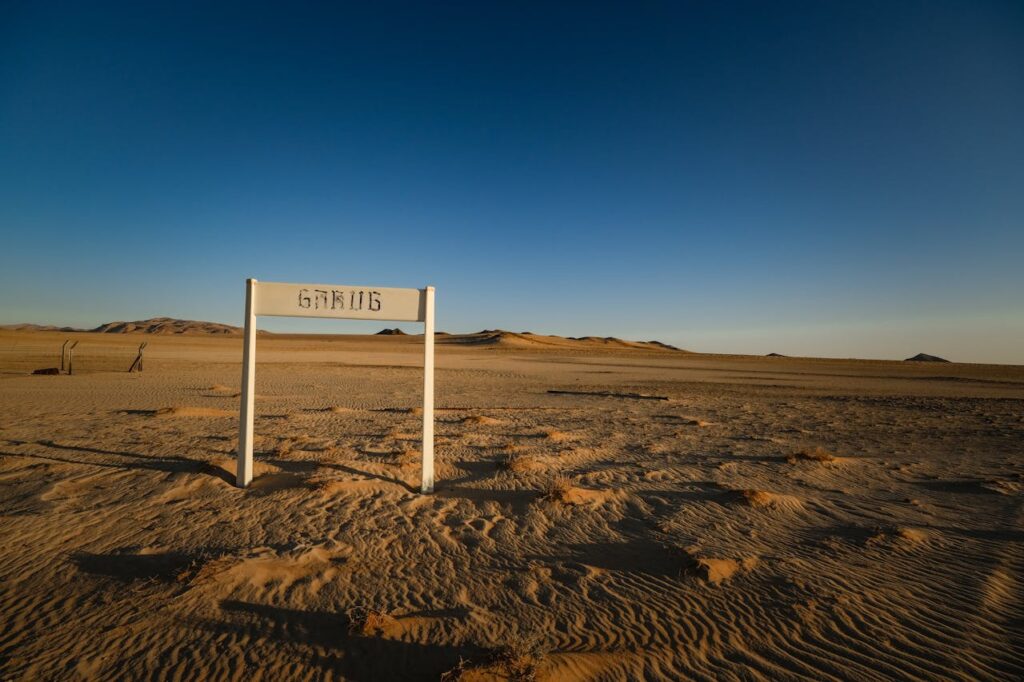
Cold currents spin fog that blinds dunes and beaches, soft sands trap vehicles, and distances turn small setbacks into survival tests along a shipwrecked shore. The coast’s stark beauty invites exploration, but navigation and planning, not luck, decide whether the day ends with a triumphant photo or a mayday.
Cave of Swallows, Mexico

This vast sinkhole drops hundreds of meters, drawing base jumpers and climbers into a stone cathedral where rope work, rockfall, and weather call the shots. Beauty scales with exposure, and in a place measured in verticals, ascent logistics and retrieval plans matter as much as the leap. Here routine has no place.